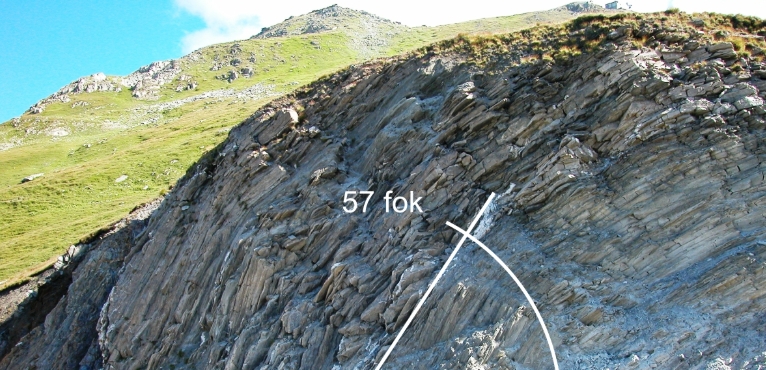Diastrophism in Geology: What is it?
Diastrophism is a term used in geology to describe the forces that cause deformation of the Earth’s crust. These forces can lead to the folding, faulting, and uplifting of rock layers, ultimately shaping the landscape we see today.
Understanding the different types of Diastrophism
There are two main types of diastrophic forces at work in the Earth’s crust: compression and tension. Compression occurs when rocks are pushed together, leading to the formation of folds and mountains. Tension, on the other hand, occurs when rocks are pulled apart, creating faults and rift valleys.
The Role of Plate Tectonics in Diastrophism
Plate tectonics play a significant role in diastrophism, as the movement of Earth’s tectonic plates causes stress on the crust, leading to deformation. Convergent plate boundaries, where plates collide, are a common location for compression-related diastrophism, while divergent plate boundaries, where plates move apart, are associated with tension-related diastrophism.
The Effects of Diastrophism on the Earth’s Surface
Diastrophism has a profound impact on the Earth’s surface, shaping the landscape in various ways. Mountains, valleys, and faults are all the result of diastrophic forces at work. Over time, these forces can create significant changes in the Earth’s topography.
The Future of Diastrophism Research
As our understanding of diastrophism continues to evolve, researchers are uncovering new insights into the forces at play in the Earth’s crust. By studying these forces, scientists can gain a better understanding of the processes that shape our planet and anticipate how they may continue to unfold in the future.

